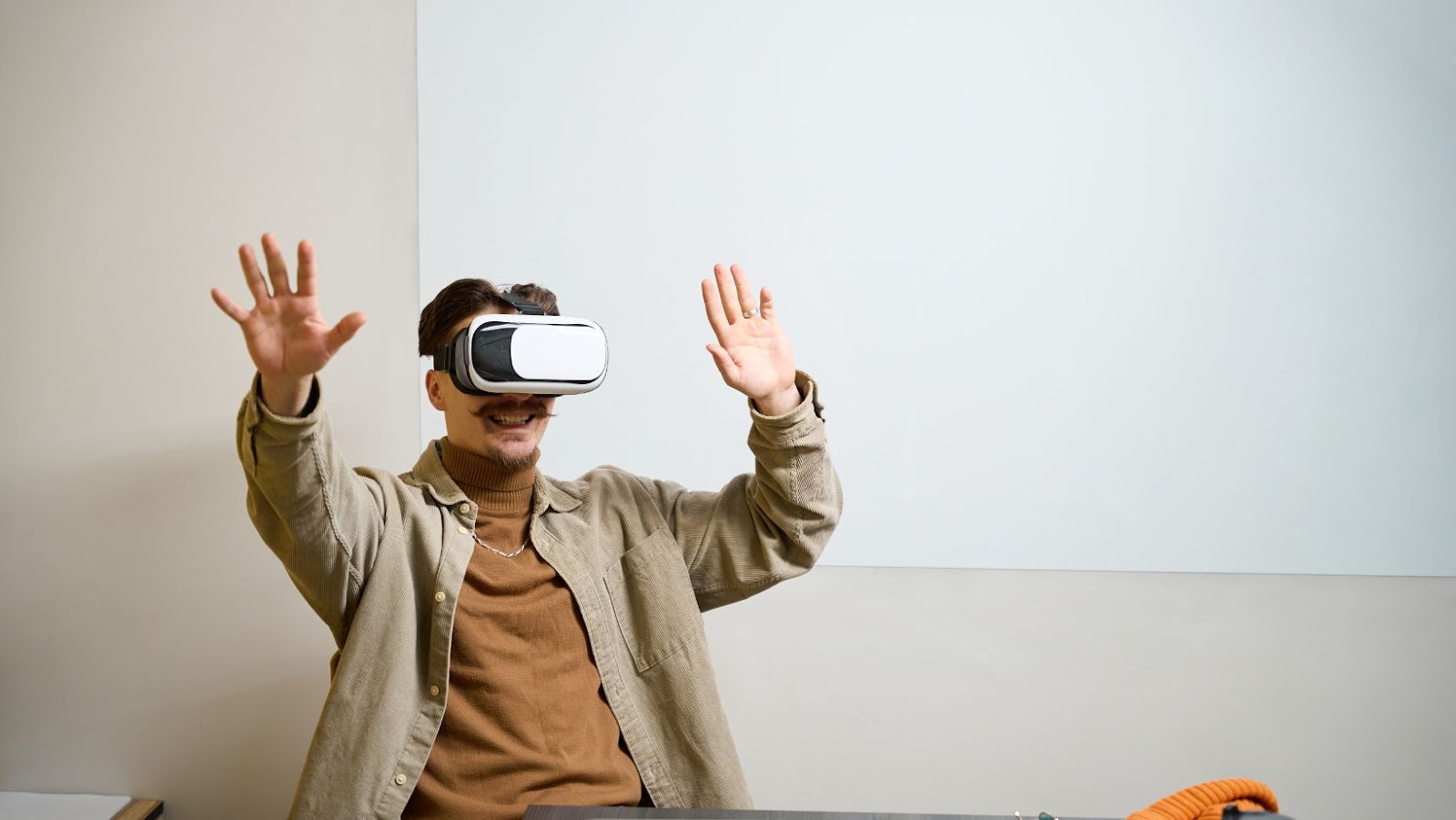 Virtual Reality Workplace
Virtual Reality Workplace
A Virtual Reality (VR) Workplace leverages immersive environments to enable employees to collaborate, train, and prototype in a shared digital space. Using VR headsets, workers can interact in real-time, transcending geographical barriers. Unlike conventional video conferencing, VR enhances the sense of presence, making remote interactions more engaging.
Benefits of VR Workplace
- Enhanced Collaboration: Teams can conduct meetings, brainstorm, and solve problems in a simulated office environment. For example, architects can visualize building designs together.
- Comprehensive Training: Simulated scenarios allow employees to learn and practice skills in a risk-free setting. Medical professionals can perform virtual surgeries.
- Efficient Prototyping: Design teams can create and manipulate 3D models, reducing the need for physical prototypes. Auto manufacturers can evaluate vehicle designs virtually.
Key Applications of VR in the Workplace
- Virtual Conferences: Companies can host immersive conferences, providing participants an experience akin to physical attendance.
- Remote Work Enhancement: VR tools make remote collaborations seamless and interactive, fostering a sense of team unity.
- Product Design and Development: VR facilitates detailed design analysis and iterations, speeding up the development process.
Challenges in Adopting VR Workplace
- High Initial Costs: Investing in VR infrastructure and devices can be expensive for businesses.
- Technical Limitations: VR systems require high computational power and stable internet connections.
- User Adaptation: Employees need adequate training to effectively utilize VR tools.
As technology advances, the integration of VR in the workplace is expected to expand. More companies will adopt VR for remote work and virtual meetings, driven by the need to improve efficiency and engagement.
 Benefits Of Virtual Reality In The Workplace
Benefits Of Virtual Reality In The Workplace
Virtual reality (VR) offers several benefits for modern workplaces. It enhances training programs, improves collaboration, increases efficiency, and contributes to cost savings.
VR provides immersive training environments where employees can practice complex tasks without real-world consequences. For example, medical professionals can perform virtual surgeries, while engineers can simulate machinery repairs. These experiences shorten learning curves and improve skill acquisition.
Virtual environments enable seamless collaboration among remote teams. Through VR, employees can hold virtual meetings, discuss projects, and brainstorm ideas in lifelike settings. This approach bridges geographical gaps and fosters a sense of presence, making it easier to achieve consensus and effective teamwork.
VR can streamline workflows by offering realistic simulations and interactive models. Employees can visualize and manipulate 3D designs, leading to quicker problem-solving and innovation. For instance, architects can explore building layouts in virtual space, reducing the need for physical prototypes.
VR reduces costs associated with physical resources and travel. Companies save on materials by using digital prototypes and eliminate travel expenses for training and meetings. Over time, these savings can outweigh the initial investment in VR technology, making it an economically viable solution.
 Applications Of VR In Different Industries
Applications Of VR In Different Industries
Virtual reality (VR) is revolutionizing various industries by offering innovative solutions for training, collaboration, and design. VR enables simulations for medical training, allowing healthcare professionals to practice procedures in risk-free environments. Surgeons can refine techniques using virtual patients, reducing errors in real-life operations. Additionally, VR aids in patient therapy, providing immersive experiences for physical rehabilitation and mental health treatments.
In education, VR offers immersive learning experiences. Students can take virtual field trips, exploring historical sites or outer space from their classroom. It also provides interactive lessons in complex subjects like biology and chemistry, enhancing understanding through virtual labs and 3D visualizations.
VR transforms real estate by offering virtual property tours. Buyers can explore homes without physical visits, saving time and resources. It also allows architects to showcase virtual models of buildings, providing clients with detailed previews before construction begins.
In manufacturing, VR assists in prototyping and design. Engineers can create and test 3D models in virtual environments, identifying and solving design issues early. VR also supports workforce training, enabling workers to operate machinery and perform tasks in simulated settings, improving safety and efficiency.
Virtual reality is poised to redefine the modern workplace by offering immersive environments that enhance collaboration, training, and productivity. As VR technology advances, it’s becoming an indispensable tool for remote work, allowing teams to interact in lifelike virtual spaces. Industries from healthcare to education and real estate are already leveraging VR for innovative applications, demonstrating its versatility and potential.
Despite challenges like high costs and technical limitations, the benefits of VR in the workplace are substantial. It provides realistic simulations for training, streamlines workflows, and reduces the need for physical resources. As technology continues to evolve, VR’s integration with AI and cloud computing will further enhance its capabilities, making it more accessible and efficient.